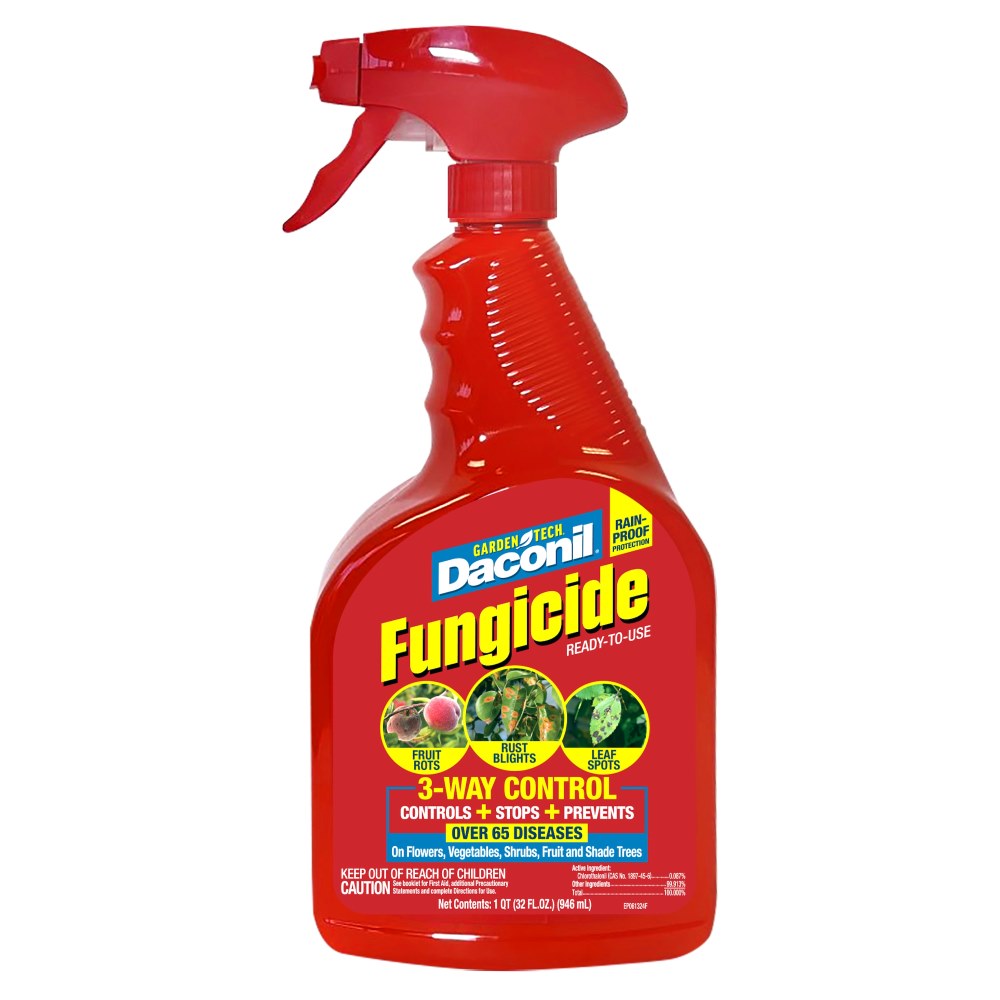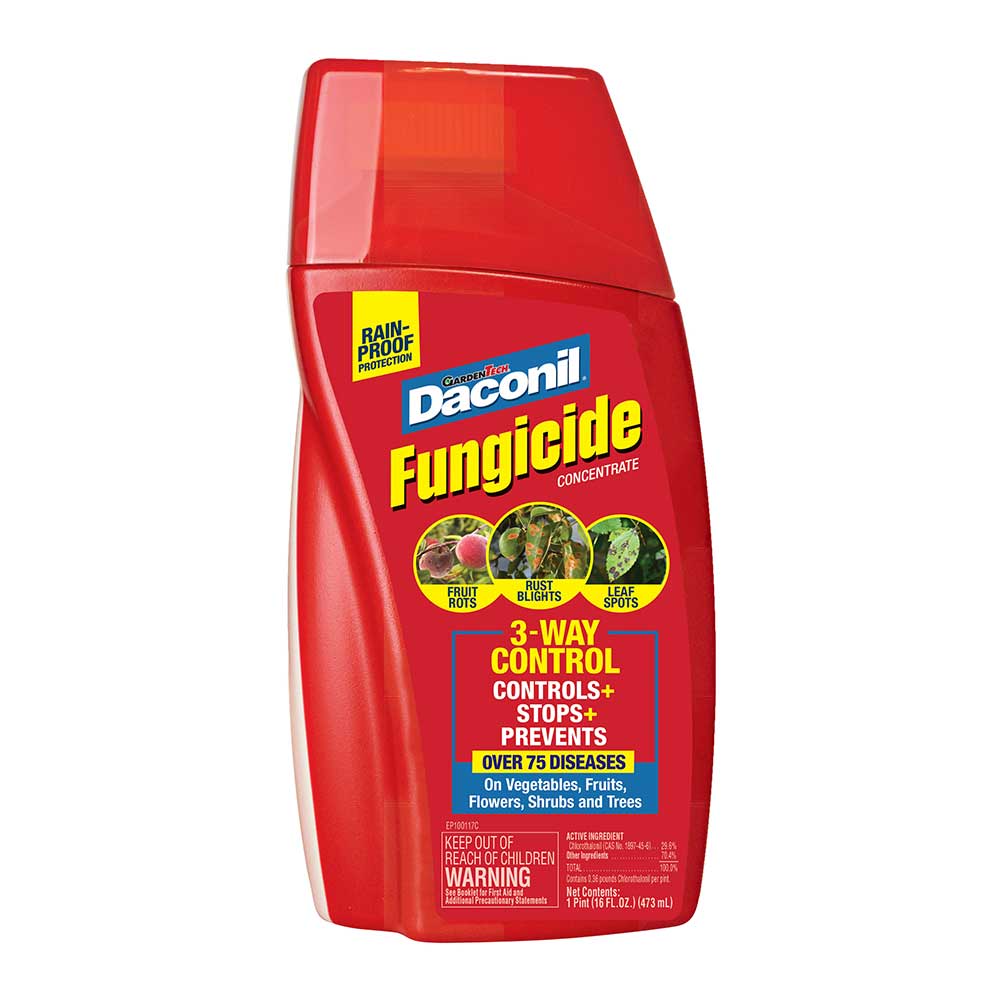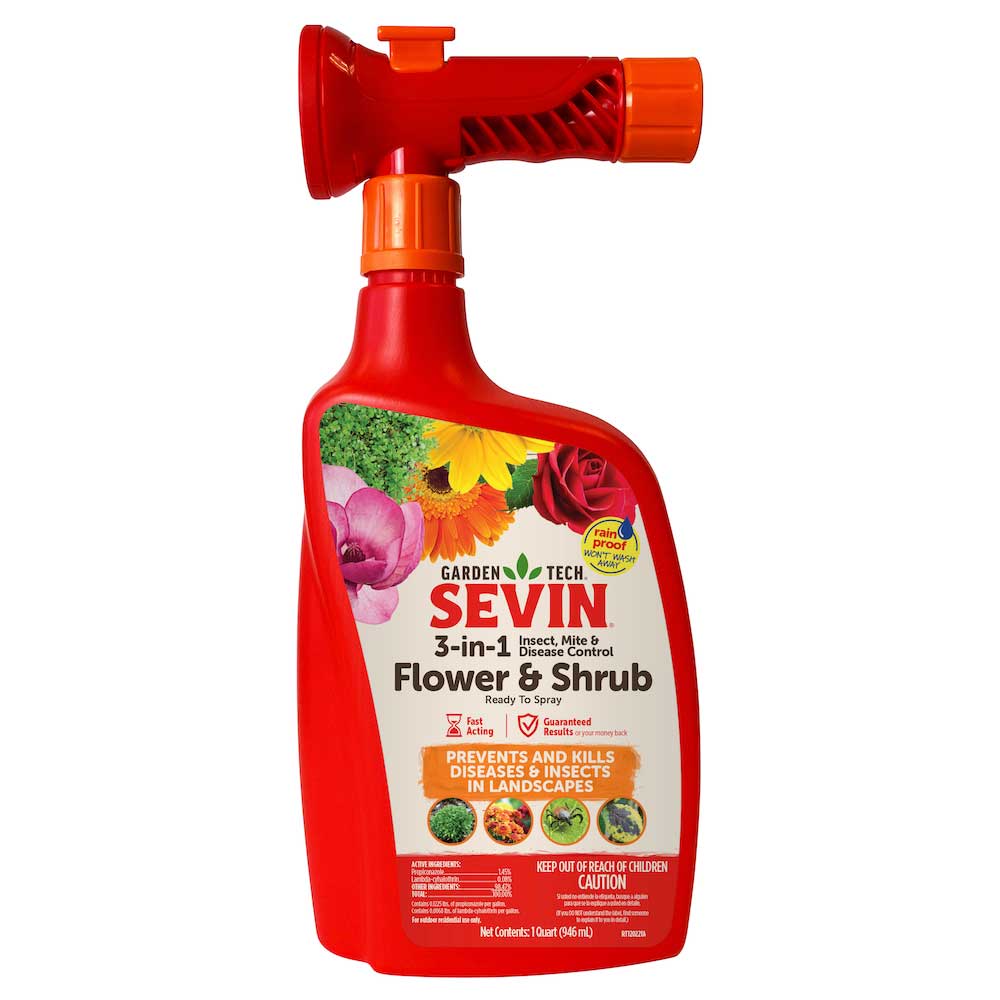Rust
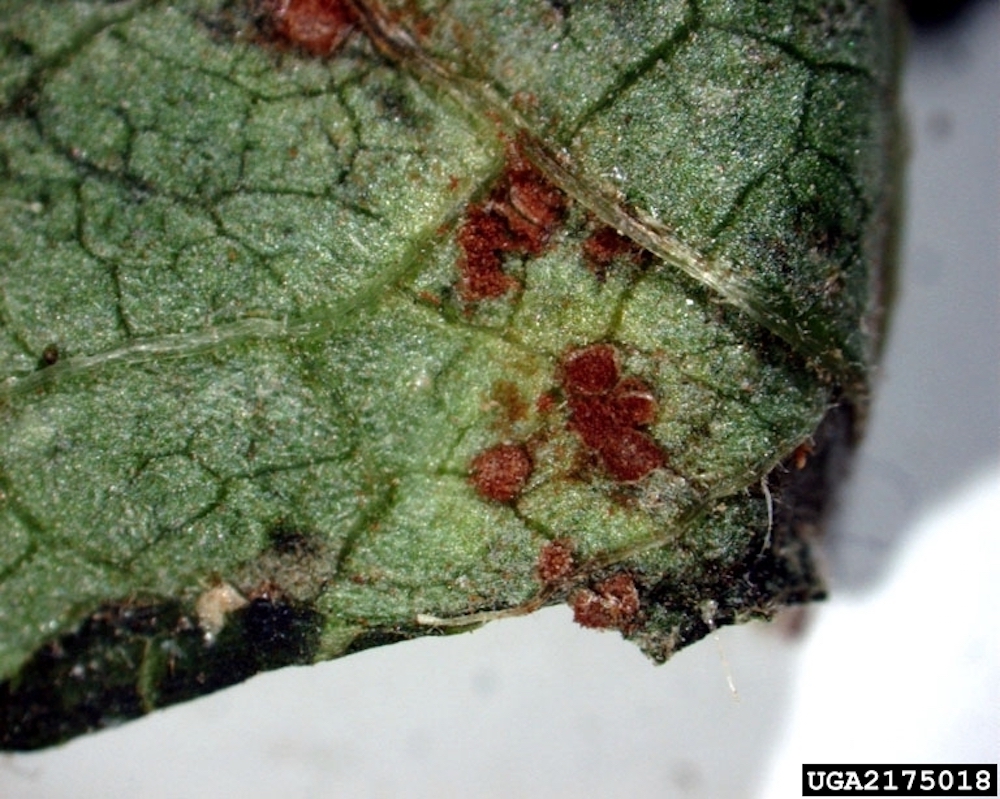

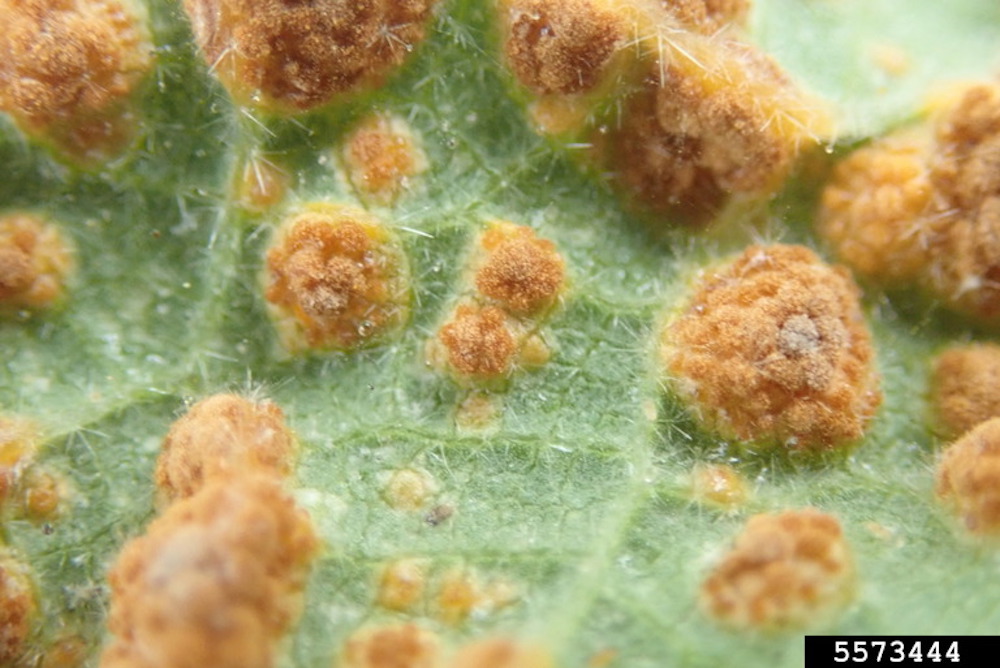
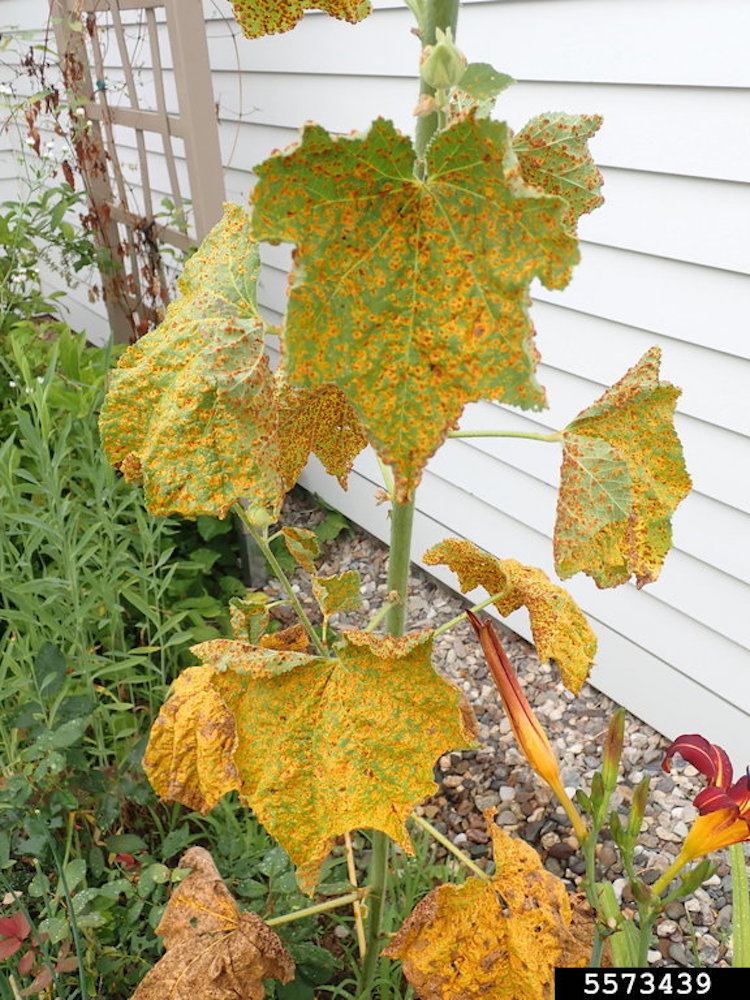
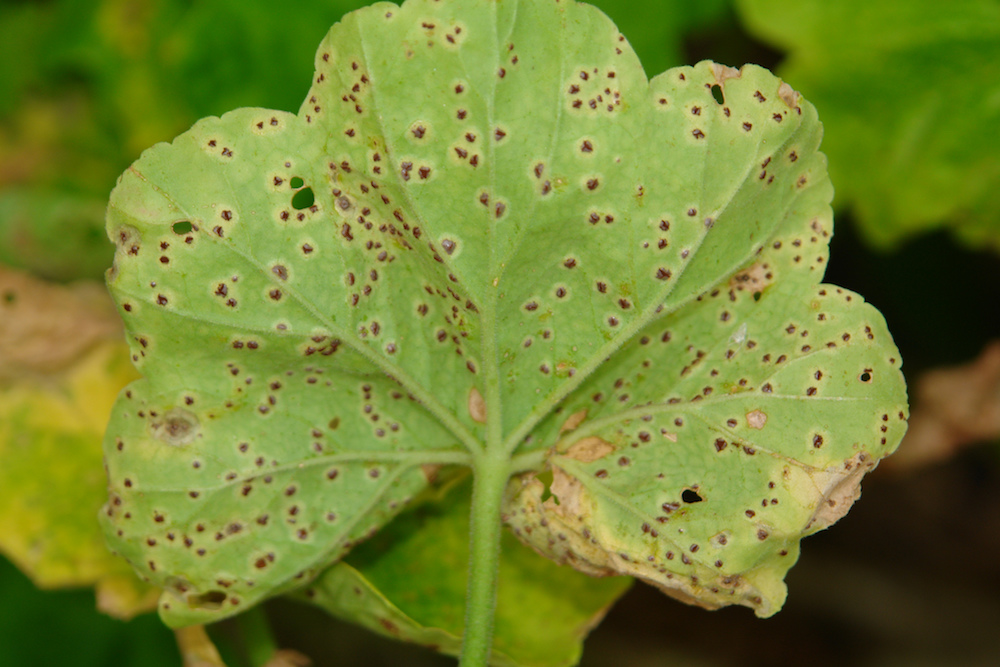
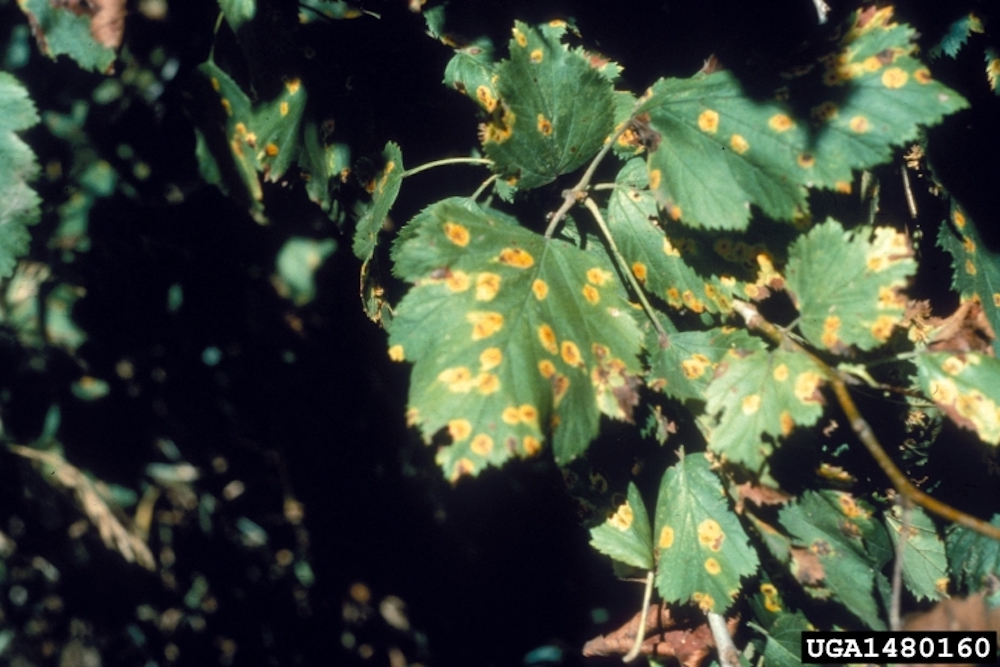
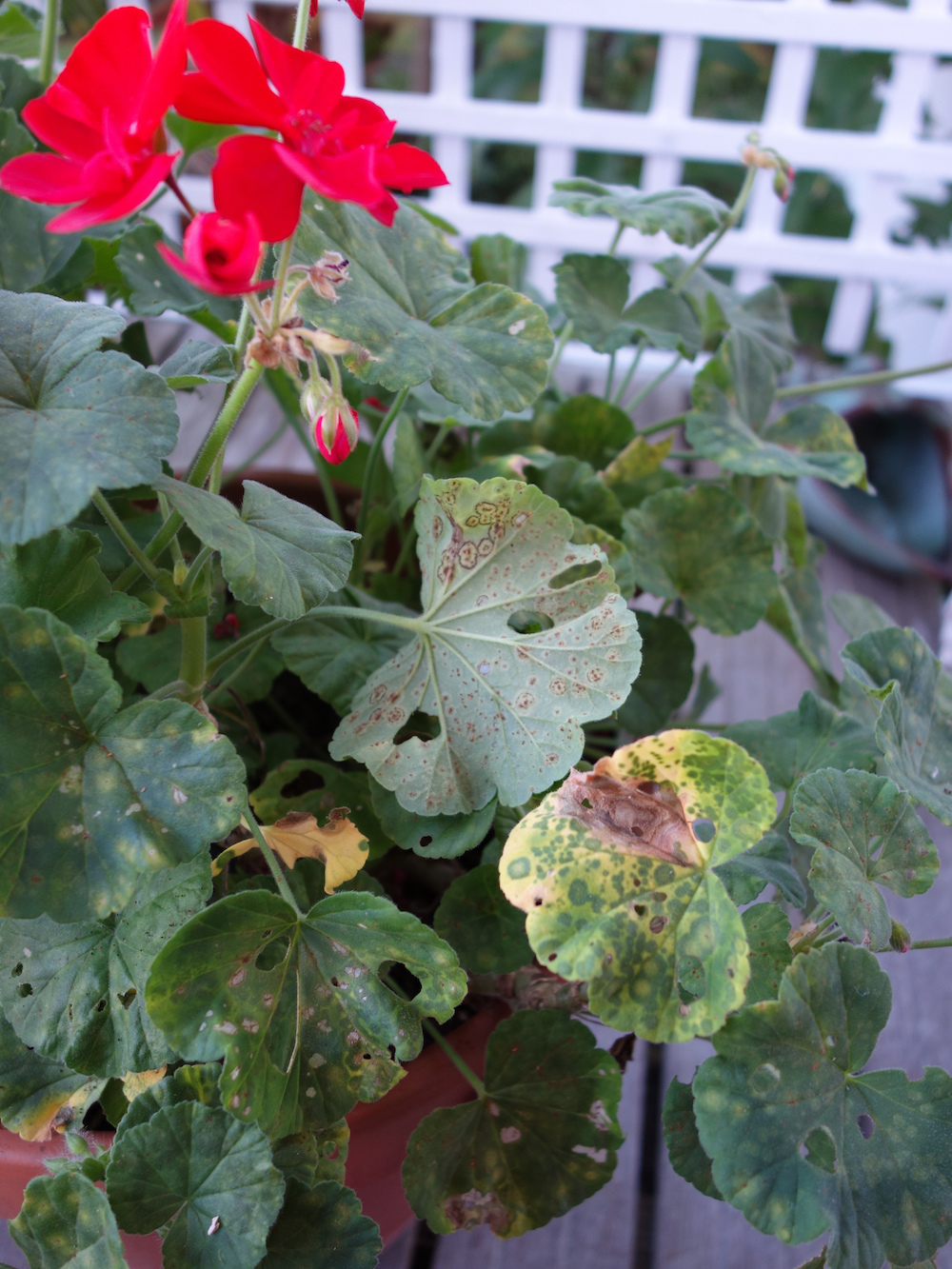
As you might guess, the collection of plant diseases known as rust take their collective name from colorful infections that happen when rust fungi infect plants. Many different fungal species cause rust, with varying modes of operation. Some rust diseases target a single, specific type of plant. Others, such as cedar-apple rust, alternate between two plant hosts.
Moist weather and cool to moderate temperatures provide ideal conditions for rust infections. The windborne spores can't germinate or infect plant tissue without water. But once infection occurs, rusts diseases can persist even in drought. Though rust rarely kills plants, it lowers flower and crop production, increases vulnerability to insects and other diseases, and makes previously healthy plants unsightly.
Rust Identification/Symptoms: Rust diseases go through different stages, but they all eventually form blister-like, powdery pustules. The pustules typically occur on the undersides of leaves, but stems and upper leaf surfaces can develop pustules, too. Most affected edibles and ornamentals show rusty yellow, orange and brown pustules, but some types of rust appear purple-brown or even black.
Affected leaf areas turn yellow and brown as infections expand. Distorted leaves turn dry and fall from plants. In hollyhocks, heavy infestations leave entire plants rusty orange. Geraniums develop cinnamon-colored pustules underneath leaves, with circular yellow spots on top. Hydrangea foliage shows dark, coppery leaf spots and red-orange pustules on leaf undersides.
How to Control Rust: In the early stages, rust diseases often sneak by unnoticed on greenhouse cuttings and transplants. Successful control combines good cultural practices to limit moisture on foliage with effective preventive treatment to protect healthy plant tissue from rust infections.
Daconil® fungicides from GardenTech® brand offer highly effective, three-way protection to stop, control, and prevent rust and more than 65 other fungal diseases. Start preventive treatment whenever moist, moderate conditions favor the disease's development or at the first hint that rust is present. These products treat edible and flower gardens as well as shrubs and trees:
- Daconil® Fungicide Ready-To-Use simplifies precision treatments for small-scale gardens, including containers and individual plants. Use the convenient, grab-and-go spray bottle to treat all upper and lower plant surfaces until thoroughly wet.
- Daconil® Fungicide Concentrate provides an economical treatment option for larger garden areas. Pour the recommended amount into a hand-held, hose-end or tank-style sprayer with the easy-to-use measuring cap. Then add the recommended amount of water, and mix well. Spray all plant surfaces, upper and lower, to the point of runoff.
Fast-acting Sevin® 3-in-1 Insect, Mite & Disease Control Flower & Shrub Ready To Spray can also treat rust while it fights harmful mites and insect pests.
Rust Tips: Use drip irrigation or water plants close to the ground to limit wet leaves. Water early in the day so excess moisture dries quickly. Immediately remove and dispose of rust-affected foliage or plants during the growing season. And don't skimp on thorough fall cleanups-dormant rust fungi overwinter on fallen leaves.
Always read product labels thoroughly and follow instructions, including guidelines for treatable plants, application rates and frequencies, and pre-harvest intervals (PHI) for edible crops.
GardenTech is a registered trademark of Gulfstream Home and Garden, Inc.
Daconil is a registered trademark of GB Biosciences Corp.
Photo Credit:
Whitney Cranshaw, Colorado State University, Bugwood.org (CC BY 3.0 US)
Whitney Cranshaw, Colorado State University, Bugwood.org (CC BY 3.0 US)
Cesar Calderon, Cesar Calderon Pathology Collection, USDA APHIS ITP, Bugwood.org (CC BY 3.0 US)
Richard Webb, Bugwood.org (CC BY 3.0 US)


